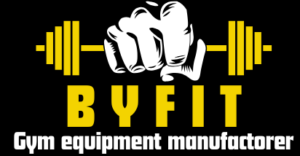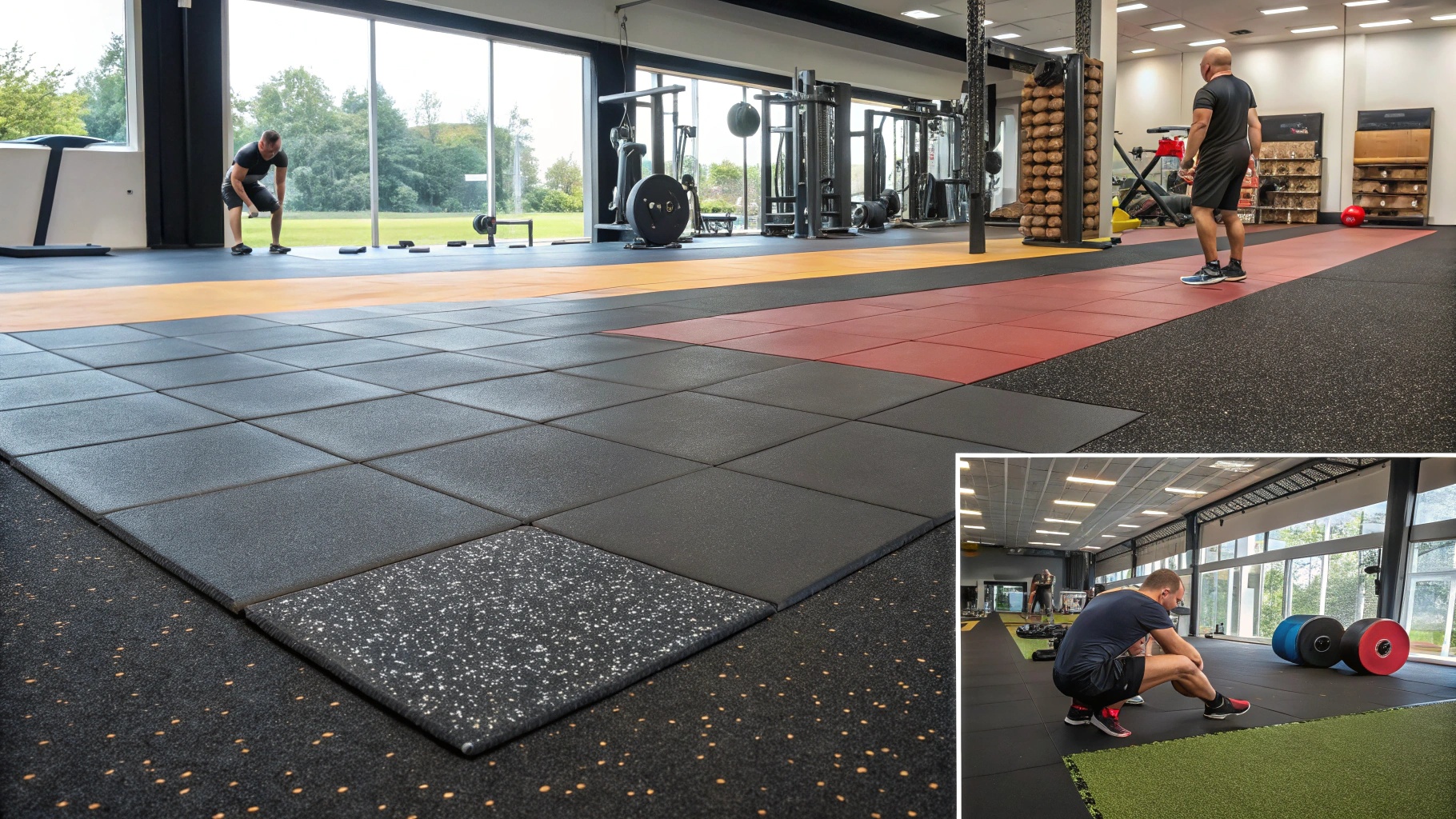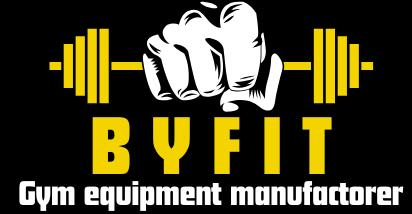Trying to figure out the perfect floor for your home gym? Overwhelmed by choices, unsure of what will protect your home and enhance workouts?
For a home gym, thick rubber flooring, around 19-25mm, is best. It protects your space, reduces noise, and feels like a professional gym. Rubber is also durable and often eco-friendly.
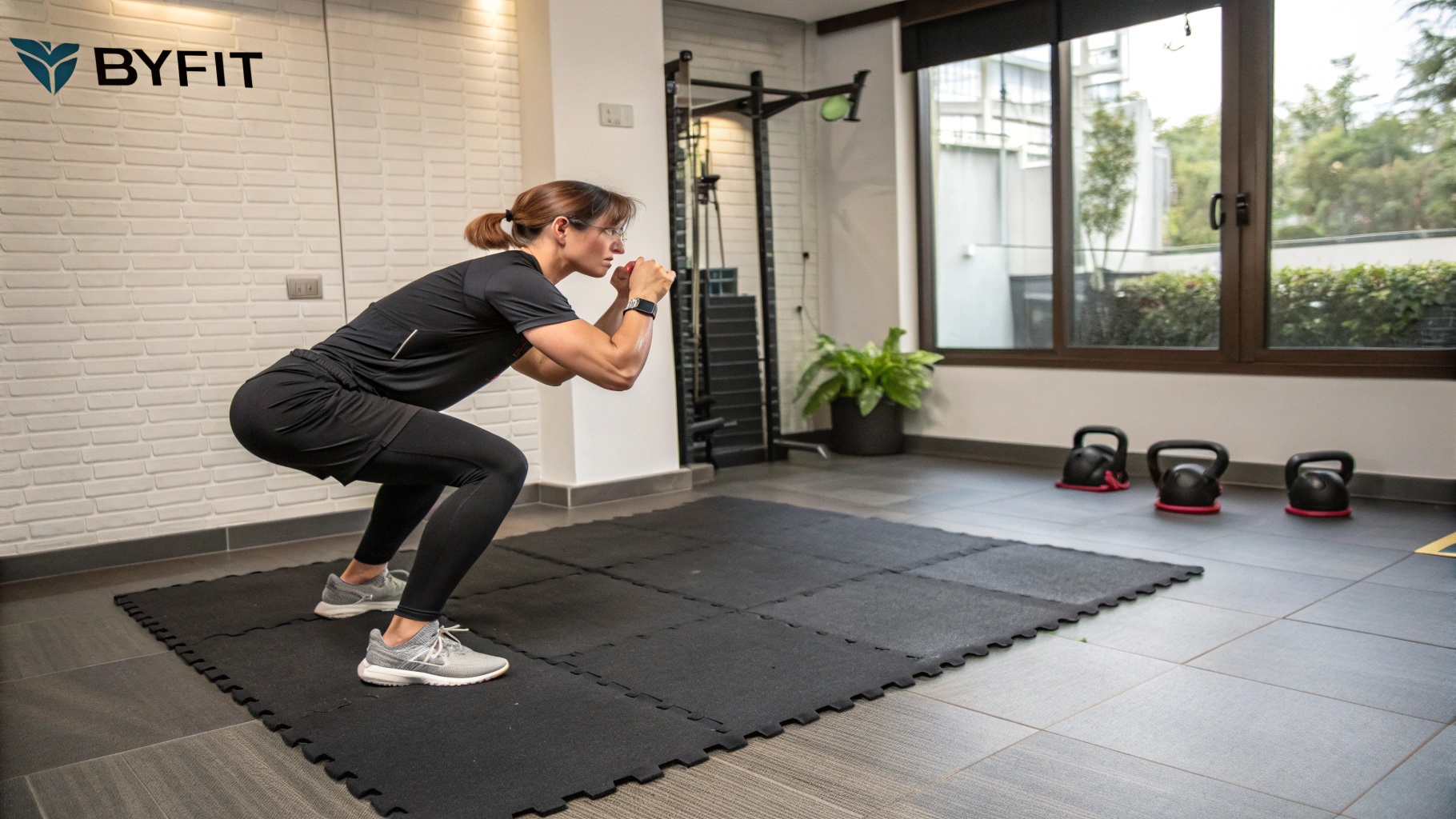 Home Gym with Rubber Flooring
Home Gym with Rubber Flooring
Choosing the right flooring can transform your workout space. Let’s explore the options to help you make the best decision, so keep reading.
What is the Best Thickness for Home Gym Flooring?
Confused about the right thickness for your home gym floor? Wondering if thicker is always better?
The best thickness for home gym rubber flooring is 15-20mm. Anything under 10mm, like 8mm, is only good for low-impact activities. Strength training needs at least 15mm to absorb shock.
](https://www.byfitgear.com/wp-content/uploads/2025/03/Rubber-Flooring-Thickness-Comparison.jpeg) Rubber Flooring Thickness Comparison
Rubber Flooring Thickness Comparison
What thickness of rubber mat is best for gym?
Choosing the right thickness depends on your workout. Think of it like choosing shoes – different activities need different support.
| Thickness | Activity Level | Example Activities |
|---|---|---|
| Less than 10mm | Low Intensity | Yoga, Stretching |
| 15mm – 20mm | Medium Intensity | Strength training, light weightlifting |
| 20mm+ | High Intensity | CrossFit, heavy weightlifting, powerlifting |
| 25mm+ | Extreme Intensity | Commercial Gym, heavy weightlifting,powerlifting |
BYFIT offers gym rubber flooring from 3mm to 50mm to meet your any demanding. Email:[email protected]
Is 1/2 inch thick enough for gym flooring1?
1/2 inch (about 12.7mm) is a good starting point. It’s like having a solid, reliable base for most home workouts.
Is 8mm rubber flooring2 thick enough?
8mm is okay for yoga, but not much else. Think of it as a thin cushion – good for gentle use, but not for heavy impact.
What Kind of Flooring Do Commercial Gyms Use?
Ever wonder what covers the floors of those big, busy gyms? Curious about what makes their floors so tough?
Commercial gyms often use thick rubber tiles3, especially in areas with heavy weights. CrossFit gyms might use 20mm+ tiles4 with special textures for better grip5.
](https://www.byfitgear.com/wp-content/uploads/2025/03/Commercial-Gym-Rubber-Flooring.jpg) Commercial Gym Rubber Flooring
Commercial Gym Rubber Flooring
What is the best flooring for a CrossFit gym?
CrossFit gyms need tough floors. Imagine dropping heavy weights – the floor needs to handle it without damage. 20mm+ thick rubber tiles6, often with a hexagonal texture for grip, are a common choice.
What type of flooring is best for a weight room7?
Weight rooms need floors that can take a beating. It’s like needing a strong foundation for a heavy building. Thick rubber is the go-to choice here.
What is the black stuff on gym floors?
That "black stuff" is usually rubber. Think of it as the workhorse of gym flooring8 – tough, durable, and ready for anything.
Is Rubber or Foam Better for a Home Gym?
Torn between rubber and foam for your home gym floor? Unsure which one will last longer and keep you safer?
Rubber is better than foam for home gyms. It’s more durable, safer, and lasts longer, especially for intense workouts.
Torn between rubber and foam for your home gym floor? Unsure which one will last longer and keep you safer?
Rubber is better than foam for home gyms.9 It’s more durable, safer, and lasts longer10, especially for intense workouts11.
](https://www.byfitgear.com/wp-content/uploads/2025/03/Rubber-vs-Foam-vs-Carpet.jpeg) Rubber vs. Foam Gym Flooring
Rubber vs. Foam Gym Flooring
Is rubber flooring good for home gym?
Yes! Rubber is like the superhero of gym flooring. It’s strong, protects your floor, and even helps with soundproofing.
Is foam or rubber better for gym mats12?
Rubber wins again. Foam might feel softer at first, but rubber is much tougher and lasts longer. Think of it as choosing between a soft sponge and a sturdy brick.
What are the disadvantages of rubber flooring13?
Rubber can be heavier and sometimes more expensive than foam. It might also have a slight smell at first, but this usually fades quickly. BYFIT gym rubber flooring using the top quality material which reduce smell greatly.
How to Choose the Best Gym Rubber Flooring from BYFIT?
Looking for top-quality gym flooring? Want to know what makes BYFIT stand out from the crowd?
BYFIT offers different types and levels of gym rubber flooring, all with important certifications. This means you get quality, safety, and peace of mind.
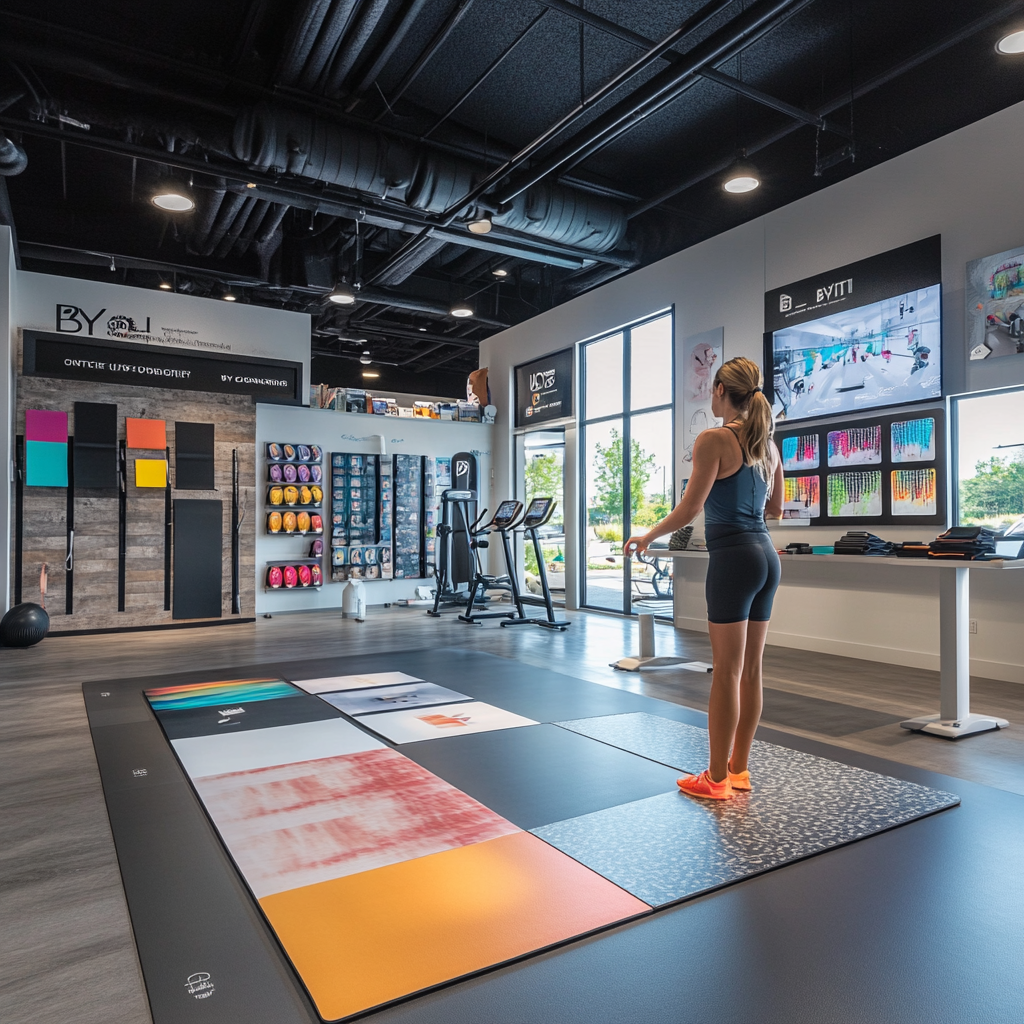 BYFIT Gym Rubber Flooring Options
BYFIT Gym Rubber Flooring Options
What are BYFIT’s different types of Gym Rubber Flooring?
BYFIT has a range of options, like choosing the right tool for a specific job. From rolls to tiles to interlocking mats, we have something for every need.
- Rubber Gym Flooring Rolls
- Rubber Gym Floor Tiles
- Interlocking Rubber Gym Mats
What is BYFIT different level of the gym rubber flooring?
BYFIT offers different levels, like different grades of quality. Entry-level is good, pro-grade is better, and flagship is the best, with a super-long lifespan.
What certifications does BYFIT’s gym rubber flooring have?
Certifications are like guarantees. BYFIT’s entry-level mats pass eco-tests, pro-grade mats have military-grade slip resistance, and flagship models use special formulas for extra durability.
Conclusion
Choosing the right gym flooring is crucial. Rubber, especially in the 15-20mm range, is a great choice for most home gyms, offering durability and safety. BYFIT provides high-quality, certified options to meet any need.
-
Discover the various gym flooring options available to find the perfect fit for your workout needs and preferences. ↩
-
Learn about the suitability of 8mm rubber flooring for different workouts to make an informed decision for your gym setup. ↩
-
Explore how thick rubber tiles enhance safety and durability in gym environments, making them a popular choice for fitness facilities. ↩
-
Discover the advantages of using 20mm+ tiles in CrossFit gyms, including their grip and durability for high-intensity workouts. ↩
-
Learn about flooring options that provide superior grip, ensuring safety and performance during workouts in gyms. ↩
-
Explore the advantages of rubber tiles for gym flooring, including durability and grip, to make an informed choice for your gym. ↩
-
Discover the best flooring options for weight rooms to ensure safety and durability during workouts. ↩
-
Learn about various materials used for gym flooring to find the best fit for your fitness space. ↩
-
Discover the advantages of rubber flooring for home gyms, including durability and safety, to make an informed choice. ↩
-
Learn about the key benefits of rubber flooring that enhance safety and longevity in home gym environments. ↩
-
Explore how the right flooring can impact your workout performance and safety during high-intensity training. ↩
-
Discover why rubber gym mats are often preferred over foam, focusing on durability and longevity for your workout space. ↩
-
Learn about the potential downsides of rubber flooring, including weight and cost, to weigh your options effectively. ↩
